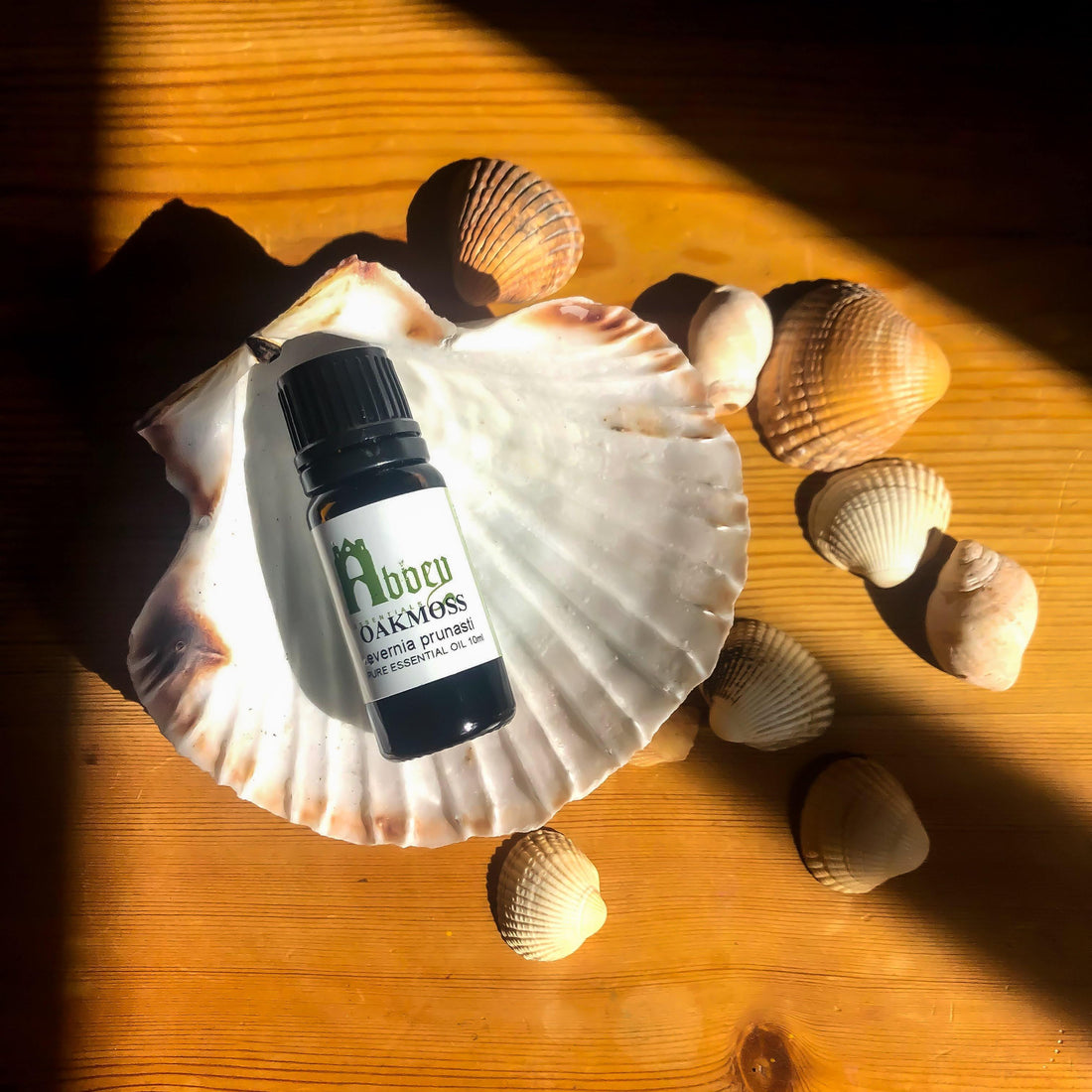
Here's the best way to dilute your essential oils
Share this post
If you want to dilute essential oils safely, you’re probably thinking ‘hey, just add a little jojoba oil and you’re good to go!’ But what if you want to use something other than a carrier oil? We all know oil and water don’t mix, and so essential oils won’t combine with non-oil-based substances unless you add a few magic ingredients to your recipes.
Diluted essential oils can be amazing on your skin, but there’s a fine line between aromatherapeutic heaven, and topical treatment hell. Not to mention, during the summer months our skin can be particularly sensitive when topical application clashes with sun exposure. Citrus oils - think bergamot, lemon, and lime - are phototoxic (or photosensitive), which means they can cause a reaction when your skin is exposed to the sun.
Here are six ways you can use your oils safely this summer - and remember - always dilute to at least 5% concentration (but 1% is the best place to start!)
Carrier oils
Let's start with carrier oils. For super soft skin and oil cleansing, you can use carrier oils on their own. But for topical application of essential oils, nut and seed oils such as jojoba, sweet almond and coconut l will help the fragrance last longer on your body, and help them to penetrate the skin safely. Because essential oils are so rich and complex, using them with a carrier oil doubles up as a natural perfume.
As a general rule, you should aim for one drop of essential oil per one teaspoon of carrier oil. And if you’d like to build up to a higher concentration, we’d always recommend starting here. Contrary to popular belief - higher concentration does not equal higher benefits, so always practice essential oils safety.
Base products
Bathing in essential oils is the ultimate at-home spa treatment. As discussed in the intro, essential oils can’t actually combine with water, without an emulsifier. But an unscented shower gel makes a great base for some last minute aromatherapy bubble bath!
Make sure you check the ingredients before adding in your essential oils, or find a base product specifically designed for mixing in fragrances. The carrier oil dilution ratio works perfectly, but you can adjust the concentration to your preferences.
Safe solvents
An essential oil mist is great for on-the-go application. You can use it to freshen up clothes, brighten skin, or fragrance a room. You’ll need a small amount of alcohol to help the oil blend properly with the water, and keep nasty microbes at bay. Look for grain alcohol with at least 60% ethanol - it’s naturally derived and will preserve your mist - this needs to make up 20% of your mix.
While adding alcohol to a gentle recipe might put you off, it’s there for the right reasons. The combination of water and essential oil can attract bacteria, so the alcohol helps your mist last longer, and disperses the essential oil more evenly through the mixture.
Soap scents
Making your own soaps is a great way to incorporate essential oils into your bodycare, and use ingredients that are kinder to skin than store bought formulas. Again, start with 1% essential oil concentration - so for 100g of soap mixture, you’ll want 1g of essential oils to fragrance. For oils such as lavender and peppermint, you may be able to increase to a 5% dilution - but we recommend sticking with 1% to protect your skin.
Aloe vera
The gel-like texture of aloe vera makes blending it with essential oils very easy. Using the 1 teaspoon of gel to 1 drop of essential oil ratio, you can create a range of skin treatments. For dry, irritated skin, try a drop of lavender oil, and if you’re suffering a few aches and pains, the combination of peppermint oil and aloe vera will work as a joint balm.
Diffusing
And lastly, we couldn’t miss out the old reliable diffuser. Whether you’re using heat, steam, or water vapour to diffuse your essential oils, a great diffuser can transform the mood of a room. Each method uses essential oils differently, so follow the manual instructions to be on the safe side.
A few words of warning - don’t leave diffusers unattended, be cautious diffusing essential oils around pets, and never diffuse your oils overnight. If you’re looking for some inspiration on fragrance blends, click here.
How do you dilute your essential oils? Join the conversation on Facebook and Instagram, or send us an email with your ideas.
If you or your business want to be featured in our next blog post, we’d love to hear from you!
